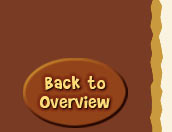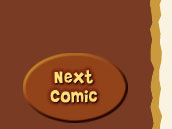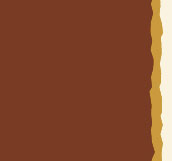After the raucous eroticism of the second issue, Bob Boze Bell relies on musical legends and his passion for Old West history to craft the plots of the two stories in the third issue of
Honkytonk Sue. The first story is "Trigger to Ride," in which Sue and Donna Jean head down to Tucson, Arizona, befriend the reunited Beatles, and help save them from being assassinated on stage by an unscrupulous music club owner. Along the way, Sue teaches the Beatles how to play honkytonk and they play as a country western band in their first concert in over a decade, to the disappointment of millions of their previous fans (but much to the delight of millions of new, middle-aged country music fans).
I haven't talked to Bob Boze Bell, but I imagine this story was inspired when Paul McCartney bought a
150-acre ranch in Tucson, Arizona in 1979, which he still owns today. "Trigger to Ride" includes several references to media and pop culture from '70s, including comedian Steve Martin, President Jimmy Carter, The Vapors' hit song "Turning Japanese," celebrity impressionist Rich Little, the Knack, the Cars, the Rolling Stones, and others I can't quite place.
Of course it seems absurd that Honkytonk Sue converts the Beatles into a country music band, but let's not forget in the previous issue she was having sex with space aliens! And Bell saves the ultimate in absurdity for the next story.
In "Jumpin' Black Gas," Sue and Donna Jean are government guinea pigs in a CIA time-travelling experiment that sends the girls back to 1881 and the legendary Gunfight at the O.K. Corral in Tombstone, Arizona. The story taps into Bell's considerable expertise with Old West history (roughly American frontier history in the latter 19th century).
In "Jumpin' Black Gas," Sue interrupts the gunfight just before it is about to begin and negotiates a peaceful settlement between the opposing parties. In fact, she turns the conflict into a country swing dance lesson.
One can imagine the butterfly effect of this change in history on the future, and the CIA quickly recognizes the repercussions and "de-activates" the experiment, restoring everything back the way it was.
Like the Beatles story before it, "Jumpin' Black Gas" makes several references to '60s/'70s pop culture, including Rodney Dangerfield, Jack Ruby, Fidel Castro,
Jimi Hendrix, Rod Serling, Led Zeppelin, Rev. Jim Jones (of the Jonestown Kool-Aid suicide/massacre), and a host of media celebrities (and non-celebrity caricatures) that I can't identify.
If I unofficially proclaim
Honkytonk Sue #2 as the Sex Issue, I should tab
Honkytonk Sue #3 as the Absurdity Issue. The two stories are absolutely crazy, but as I mentioned in the title's overview, Bell has a way of making even the most absurd adventures seem real in the unique world of Honkytonk Sue. Much of that can be attributed to Bell's consistent characterization of Sue, who acts and talks exactly the same way no matter what situation she find herself in.
Bell's illustration style and production work certainly does evolve over the course of the first three issues of the comic book. He integrates the use of more screentone to define tonal ranges, manipulating the process in a very painterly manner. The backgrounds and skin tones no longer appear overly dark and individual panels relate more cohesively on the page. Bell uses his camera to enlarge and reduce certain panels to achieve the layout compositions he desires. The net result is a more professional looking comic book, though Bell clearly prefers less linear, non-conventional structures in his layouts.
With the Beatles plastered in giant type on the front cover of
Honkytonk Sue #3, this is the issue that probably stands out the most in any cursory review of the four books. And while I give it the same score as the other three books, overall I'd say #3 is the weakest of the four (by only the slimmest of margins), due to the relentless absurdity of the stories. My preference leans towards the stories that feature Sue in more realistic plots that leverage her enchanting character to drive the story. And Bell returns to exactly that kind of storytelling in the fourth and final issue of
Honkytonk Sue.


 HISTORICAL FOOTNOTES:
HISTORICAL FOOTNOTES:
Bob Boze Bell printed approximately 5,000 copies of this comic book. It has not been reprinted.






























